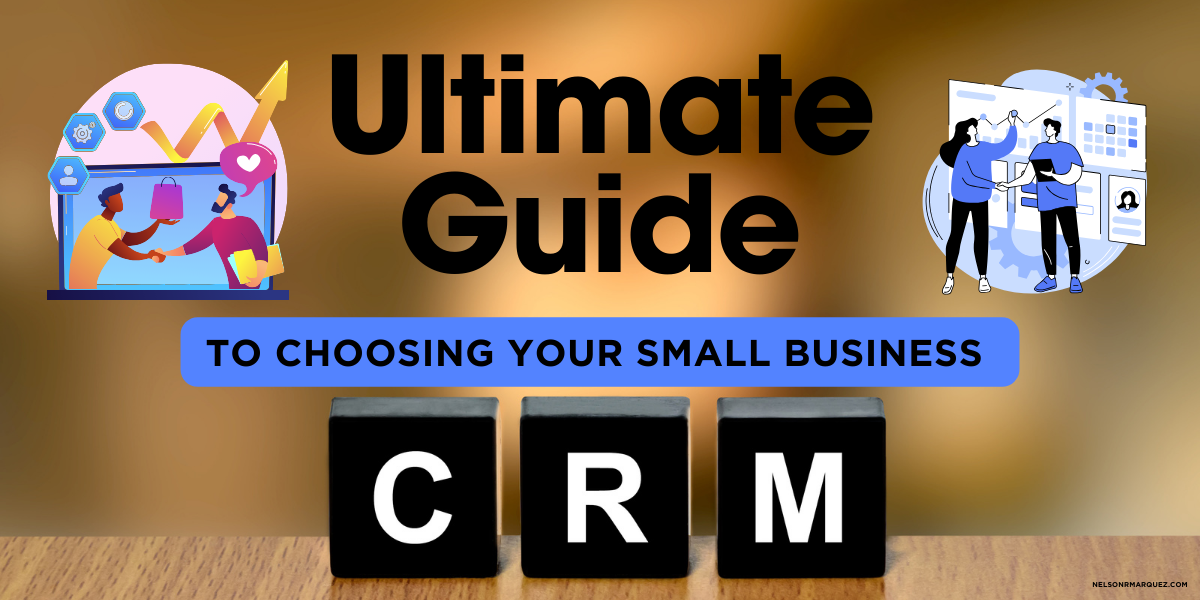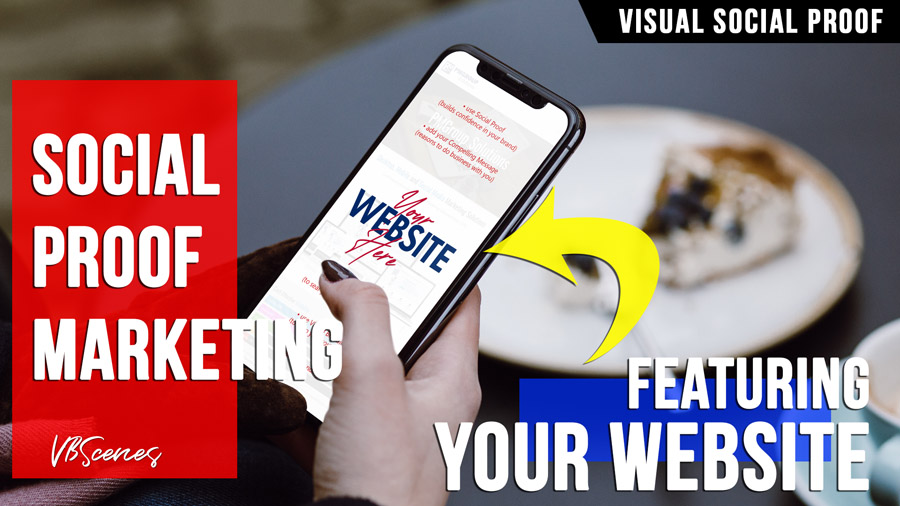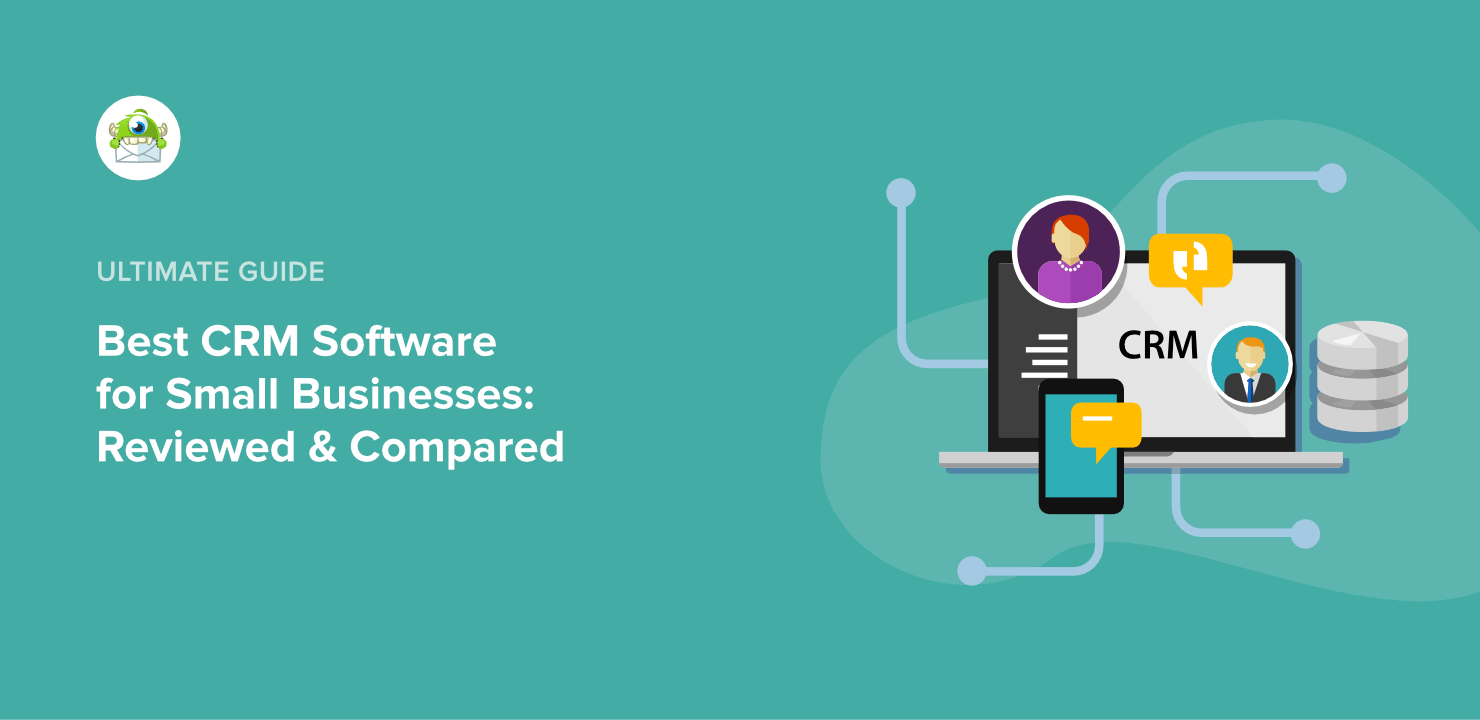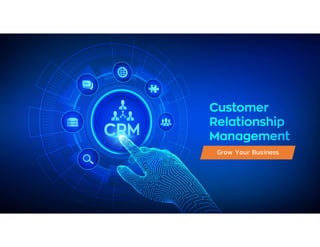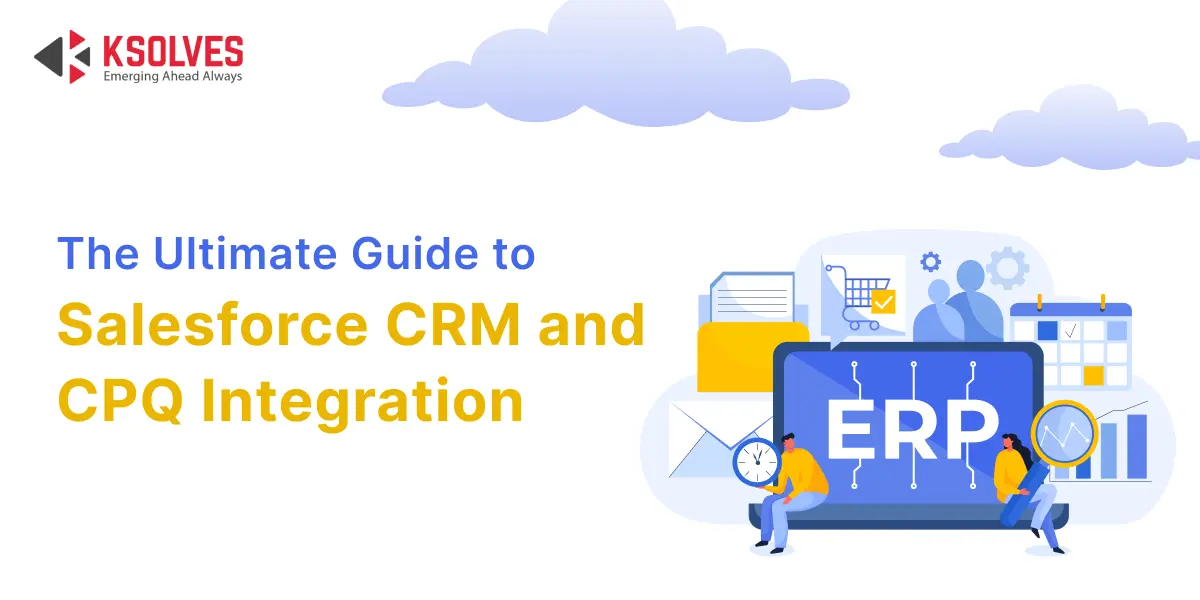Supercharge Your Business: A Comprehensive Guide to CRM, Marketing, and Social Media Ads
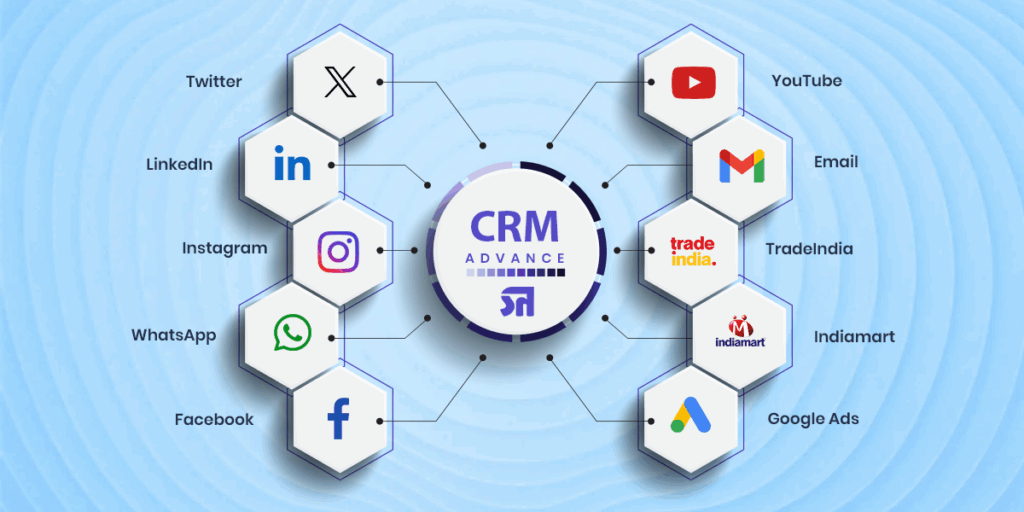
Supercharge Your Business: A Comprehensive Guide to CRM, Marketing, and Social Media Ads
In today’s fast-paced digital landscape, businesses are constantly seeking innovative ways to connect with their target audience, nurture leads, and ultimately, drive sales. The convergence of Customer Relationship Management (CRM) systems, strategic marketing initiatives, and the power of social media advertising offers a potent combination for achieving these goals. This comprehensive guide delves deep into the world of CRM, marketing, and social media ads, providing you with the knowledge and strategies needed to transform your business and achieve sustainable growth. We’ll explore the intricacies of each component, how they intertwine, and how you can leverage them to create a powerful, results-driven strategy.
Understanding the Foundations: CRM, Marketing, and Social Media Ads
What is CRM?
At its core, CRM (Customer Relationship Management) is a technology-driven approach to managing and analyzing customer interactions and data throughout the customer lifecycle. It’s more than just a database; it’s a holistic strategy that encompasses all aspects of customer interaction, from initial contact to post-purchase support. The primary goal of a CRM system is to improve business relationships, retain customers, and drive sales growth.
Key features of a CRM system often include:
- Contact Management: Storing and organizing customer information, including contact details, communication history, and purchase behavior.
- Lead Management: Tracking and nurturing potential customers through the sales pipeline.
- Sales Automation: Automating repetitive sales tasks, such as email follow-ups and appointment scheduling.
- Marketing Automation: Automating marketing campaigns, such as email marketing and social media posting.
- Reporting and Analytics: Providing insights into customer behavior and sales performance.
Implementing a CRM system allows businesses to personalize customer interactions, improve customer service, and gain a deeper understanding of their customers’ needs and preferences. This, in turn, leads to increased customer loyalty and higher revenue.
The Essence of Modern Marketing
Marketing, in its broadest sense, is the process of creating, communicating, delivering, and exchanging offerings that have value for customers, clients, partners, and society at large. Modern marketing is no longer just about pushing products or services; it’s about building relationships, providing value, and creating a positive brand experience. It encompasses a wide range of activities, including market research, product development, pricing, distribution, and promotion.
Key components of a modern marketing strategy include:
- Content Marketing: Creating and distributing valuable, relevant, and consistent content to attract and engage a target audience.
- Search Engine Optimization (SEO): Optimizing website content and structure to improve search engine rankings.
- Social Media Marketing: Utilizing social media platforms to connect with customers, build brand awareness, and drive engagement.
- Email Marketing: Sending targeted email campaigns to nurture leads and promote products or services.
- Paid Advertising: Running online advertising campaigns, such as pay-per-click (PPC) ads and social media ads.
A well-executed marketing strategy helps businesses reach their target audience, generate leads, and ultimately, drive sales. It’s a crucial element of any successful business.
The Power of Social Media Ads
Social media ads have revolutionized the way businesses reach their target audiences. Platforms like Facebook, Instagram, Twitter, LinkedIn, and TikTok offer powerful targeting capabilities, allowing businesses to precisely target their ads to specific demographics, interests, and behaviors. This level of precision ensures that your ads are seen by the people who are most likely to be interested in your products or services.
Key benefits of social media advertising include:
- Targeted Reach: Reaching specific demographics, interests, and behaviors.
- Increased Brand Awareness: Building brand recognition and visibility.
- Lead Generation: Generating leads through targeted ad campaigns.
- Website Traffic: Driving traffic to your website.
- Sales Conversions: Driving sales and revenue.
Social media ads offer a cost-effective way to reach a large audience and drive significant results. They are an essential component of any modern marketing strategy.
The Synergy: How CRM, Marketing, and Social Media Ads Work Together
The true power lies in the synergy between CRM, marketing, and social media ads. When these three components are integrated effectively, they create a powerful engine for growth. Here’s how they work together:
- CRM as the Central Hub: The CRM system acts as the central hub for all customer data. It stores information about leads, customers, and their interactions with your business.
- Marketing’s Role: Marketing uses the data from the CRM system to create targeted campaigns that resonate with specific customer segments. This includes content marketing, email marketing, and social media marketing.
- Social Media Ads for Lead Generation and Conversion: Social media ads are used to drive traffic to landing pages, generate leads, and promote products or services. The data from these ads is then fed back into the CRM system.
- Personalized Customer Experiences: With all the data in the CRM, you can personalize customer interactions and provide tailored recommendations. This leads to increased customer satisfaction and loyalty.
- Data-Driven Optimization: The integrated data allows businesses to track the performance of their marketing campaigns and make data-driven decisions to optimize their strategies.
By integrating these three components, businesses can create a seamless customer journey, from initial contact to post-purchase support. This integrated approach leads to increased customer satisfaction, improved lead generation, and higher sales conversions.
Crafting a Winning Strategy: Steps to Success
Implementing a successful CRM, marketing, and social media ads strategy requires a well-defined plan and a commitment to execution. Here’s a step-by-step guide to help you get started:
1. Define Your Goals and Objectives
Before you start implementing any strategy, it’s crucial to define your goals and objectives. What do you want to achieve? Are you trying to increase brand awareness, generate leads, drive sales, or improve customer retention? Clearly defined goals will help you measure your success and make adjustments along the way.
Examples of goals include:
- Increase website traffic by 20% in the next quarter.
- Generate 100 qualified leads per month.
- Increase sales conversions by 15%.
- Improve customer retention rate by 10%.
2. Choose the Right CRM System
Selecting the right CRM system is crucial for the success of your strategy. There are many different CRM systems available, each with its own features and capabilities. Consider your business needs and budget when making your decision.
Factors to consider when choosing a CRM system include:
- Features: Does the CRM system offer the features you need, such as contact management, lead management, sales automation, and marketing automation?
- Scalability: Can the CRM system scale to meet your future needs?
- Integration: Does the CRM system integrate with your existing marketing and social media platforms?
- Ease of Use: Is the CRM system easy to use and navigate?
- Cost: Is the CRM system affordable?
- Support: Does the CRM system provider offer adequate support?
Popular CRM systems include Salesforce, HubSpot CRM, Zoho CRM, and Microsoft Dynamics 365.
3. Develop a Targeted Marketing Strategy
Once you have your CRM system in place, it’s time to develop a targeted marketing strategy. This involves identifying your target audience, creating buyer personas, and developing content that resonates with their needs and interests.
Key elements of a targeted marketing strategy include:
- Market Research: Understanding your target audience, their needs, and their behaviors.
- Buyer Personas: Creating detailed profiles of your ideal customers.
- Content Marketing: Creating valuable, relevant, and consistent content to attract and engage your target audience.
- SEO: Optimizing your website content and structure to improve search engine rankings.
- Email Marketing: Sending targeted email campaigns to nurture leads and promote products or services.
4. Create Compelling Social Media Ads
Social media ads are a powerful tool for reaching your target audience. To create effective social media ads, you need to understand your target audience, create compelling ad copy, and use high-quality visuals. You should also A/B test different ad variations to see what works best.
Tips for creating effective social media ads:
- Know Your Audience: Understand your target audience’s demographics, interests, and behaviors.
- Write Compelling Ad Copy: Use clear, concise, and engaging ad copy that grabs attention.
- Use High-Quality Visuals: Use eye-catching images or videos that are relevant to your ad.
- Target Your Ads: Use the platform’s targeting options to reach the right audience.
- A/B Test Your Ads: Test different ad variations to see what works best.
- Track Your Results: Monitor your ad performance and make adjustments as needed.
5. Integrate Your Systems
The key to success is integrating your CRM, marketing, and social media ad systems. This allows you to share data between the systems, automate tasks, and track your results. This integration is what truly allows the synergy to flourish.
Integration involves:
- Connecting Your CRM to Your Marketing Automation Platform: This allows you to automatically sync customer data and trigger marketing campaigns.
- Connecting Your CRM to Your Social Media Ad Platforms: This allows you to track leads and conversions from your social media ads.
- Using Analytics Tools: Use analytics tools to track the performance of your campaigns and make data-driven decisions.
6. Measure and Analyze Your Results
Once your strategy is in place, it’s important to measure and analyze your results. This will help you identify what’s working and what’s not, and make adjustments as needed. Regularly review your key performance indicators (KPIs), such as website traffic, lead generation, sales conversions, and customer retention.
Key metrics to track include:
- Website Traffic: Track the number of visitors to your website.
- Lead Generation: Track the number of leads generated.
- Sales Conversions: Track the number of sales conversions.
- Customer Retention: Track your customer retention rate.
- Return on Investment (ROI): Calculate your ROI to measure the effectiveness of your campaigns.
Use the data to refine your strategies, optimize your campaigns, and maximize your results. Continuous improvement is key.
Advanced Strategies and Tactics
Once you have a solid foundation in place, you can explore advanced strategies and tactics to further optimize your CRM, marketing, and social media ad efforts.
1. Personalization and Segmentation
Personalization involves tailoring your marketing messages and customer interactions to individual customers. Segmentation involves dividing your audience into smaller groups based on their characteristics and behaviors. By personalizing your marketing messages and segmenting your audience, you can improve engagement, increase conversions, and build stronger customer relationships.
Examples of personalization and segmentation include:
- Personalized Email Marketing: Sending personalized emails based on customer data.
- Targeted Social Media Ads: Targeting social media ads to specific customer segments.
- Website Personalization: Personalizing your website content based on customer behavior.
2. Marketing Automation
Marketing automation involves using software to automate repetitive marketing tasks, such as email marketing, social media posting, and lead nurturing. Marketing automation can save you time and resources, improve efficiency, and increase conversions. It also allows for more consistent communication.
Examples of marketing automation include:
- Automated Email Workflows: Setting up automated email workflows to nurture leads and onboard new customers.
- Social Media Scheduling: Scheduling social media posts in advance.
- Lead Scoring: Scoring leads based on their behavior and demographics.
3. Retargeting
Retargeting involves showing ads to people who have already visited your website or interacted with your brand. Retargeting is a powerful way to re-engage potential customers and drive conversions. It reminds them of your offerings and encourages them to take action.
Retargeting strategies include:
- Website Retargeting: Showing ads to people who have visited your website.
- Social Media Retargeting: Showing ads to people who have interacted with your brand on social media.
4. A/B Testing
A/B testing involves testing different versions of your marketing materials, such as landing pages, ad copy, and email subject lines, to see which performs best. A/B testing is a data-driven way to optimize your campaigns and improve your results. It provides insights into what resonates best with your audience.
A/B testing can be used for:
- Landing Pages: Testing different landing page designs, headlines, and calls to action.
- Ad Copy: Testing different ad copy variations.
- Email Subject Lines: Testing different email subject lines.
5. Data-Driven Decision Making
Make data-driven decisions by analyzing your results and using insights to refine your strategies. Regularly review your key performance indicators (KPIs), such as website traffic, lead generation, sales conversions, and customer retention. Use this data to optimize your campaigns and maximize your results.
Common Pitfalls and How to Avoid Them
While the combination of CRM, marketing, and social media ads offers immense potential, there are common pitfalls that can hinder your success. Being aware of these challenges and taking proactive steps to avoid them is crucial.
1. Lack of Integration
One of the most significant pitfalls is a lack of integration between your CRM, marketing, and social media ad systems. If your systems are not integrated, you will not be able to share data, automate tasks, or track your results effectively. This leads to inefficiencies, missed opportunities, and ultimately, lower ROI.
To avoid this pitfall:
- Choose CRM, marketing automation, and social media ad platforms that integrate well with each other.
- Ensure that your systems are properly configured and connected.
- Regularly review your integrations to ensure they are working correctly.
2. Poor Data Quality
The quality of your data is critical to the success of your CRM, marketing, and social media ad efforts. If your data is inaccurate, incomplete, or outdated, your efforts will be ineffective. This can lead to wasted resources, poor targeting, and ultimately, a negative customer experience.
To avoid this pitfall:
- Implement data validation processes to ensure that your data is accurate and complete.
- Regularly clean and update your data.
- Train your team on proper data entry procedures.
3. Lack of a Clear Strategy
Without a clear strategy, your CRM, marketing, and social media ad efforts will be scattered and ineffective. You need to have a well-defined plan that outlines your goals, objectives, target audience, and key strategies. Without a well-defined plan, you may be wasting time and resources on activities that don’t align with your overall business objectives.
To avoid this pitfall:
- Develop a comprehensive marketing plan that outlines your goals, objectives, target audience, and key strategies.
- Regularly review and update your plan as needed.
- Ensure that your team is aligned with your strategy.
4. Ignoring Customer Feedback
Customer feedback is invaluable. Failing to listen to and respond to customer feedback can lead to missed opportunities, decreased customer satisfaction, and ultimately, a negative impact on your brand reputation. Ignoring customer feedback is a missed opportunity to improve your products, services, and overall customer experience.
To avoid this pitfall:
- Actively solicit customer feedback through surveys, reviews, and social media.
- Respond to customer feedback promptly and professionally.
- Use customer feedback to improve your products, services, and overall customer experience.
5. Not Measuring and Analyzing Results
Failing to measure and analyze your results is a major mistake. Without tracking your key performance indicators (KPIs), you won’t know what’s working and what’s not. This means you may be wasting resources on ineffective campaigns and missing opportunities to optimize your results. Data is your friend; embrace it.
To avoid this pitfall:
- Track your key performance indicators (KPIs), such as website traffic, lead generation, sales conversions, and customer retention.
- Regularly analyze your results and make adjustments as needed.
- Use analytics tools to gain insights into your performance.
Conclusion: Embracing the Future of Business
The integration of CRM, marketing, and social media ads is not just a trend; it’s the future of business. By embracing these technologies and strategies, you can create a powerful engine for growth, build stronger customer relationships, and drive sustainable success. This journey requires a commitment to continuous learning, adaptation, and a relentless focus on the customer. The businesses that embrace this integrated approach will be best positioned to thrive in the ever-evolving digital landscape.
By following the strategies and tips outlined in this guide, you can supercharge your business and achieve your goals. Embrace the power of CRM, marketing, and social media ads, and unlock the full potential of your business!

